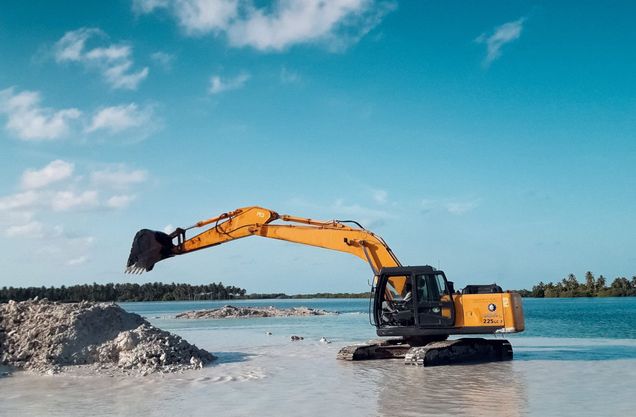Re-channeling Special Drawing Rights for a Climate Resilient and Just Transition: Prospects for a Resilience and Sustainability Trust

In a historic breakthrough for the multilateral system, the International Monetary Fund (IMF) approved the global allocation of $650 billion in Special Drawing Rights (SDRs)—the international reserve asset issued by the IMF—to support liquidity and foster the resilience of the global economy in the wake of the COVID-19 pandemic. While unprecedented in its scope, this allocation of SDRs still falls short on two main counts. First, the amount allocated pales in comparison to the resources necessary for achieving shared climate and development goals, not to mention the estimated $2.5 trillion required by emerging market and developing countries to meet their immediate liquidity needs in the face of COVID-19. Second, due to quotas informing the IMF’s decision-making structure, the allocation of SDRs has, so far, been largely channeled to high and some middle-income countries that do not face the liquidity bottlenecks faced by other countries that SDRs can uniquely address.
The G7 has since pledged to mobilize a global re-channeling of $100 billion of SDRs for countries most in need of resources to address the COVID-19 pandemic, stabilize their economies, and mount a green and global recovery that is aligned with shared development and climate goals. This is a step in the right direction; however, the scale of finance needed to decarbonize and build climate resilience suggests substantially more resources will be necessary.
This new policy brief by the Task Force on Climate, Development and the International Monetary Fund outlines what the core objectives, modalities, eligibility and scale should form the core of the proposed Resilience and Sustainability Trust (RST). Sustained re-channeling of new SDR issuances into such a Trust could form an essential part of the climate and development finance landscape in emerging market and developing countries.
The policy brief proposes that an RST should have three overarching climate-related objectives:
- Provide capacity for countries to respond to climate shocks without significant increases in debt burdens.
- Catalyze low-cost financing and capacity building for poorer, climate vulnerable countries to build climate resilience and adaptation strategies.
- Enhance the ability of emerging market and developing countries to mobilize longer-term financing for just transitions to low carbon growth paths.
Furthermore, opportunities for the climate-related aspects of RST include:
- Short-term financing for responding to climate shocks
- Longer-term financing for capacity building, resilience, adaptation and just transitions
- Broad eligibility and sustainability of a Resilience and Sustainability Trust
The authors argue that a well-designed RST would fill an important gap in the climate finance landscape that is not currently equipped, at the global level, to help countries overcome economic instability created by climate change. The RST would also bring the international community one step closer to the resources needed to help countries adapt and respond to climate change in a just and development-centered manner.
Read the Policy Brief Read the BlogTo learn more, visit the homepage of the Task Force on Climate, Development and the International Monetary Fund.
